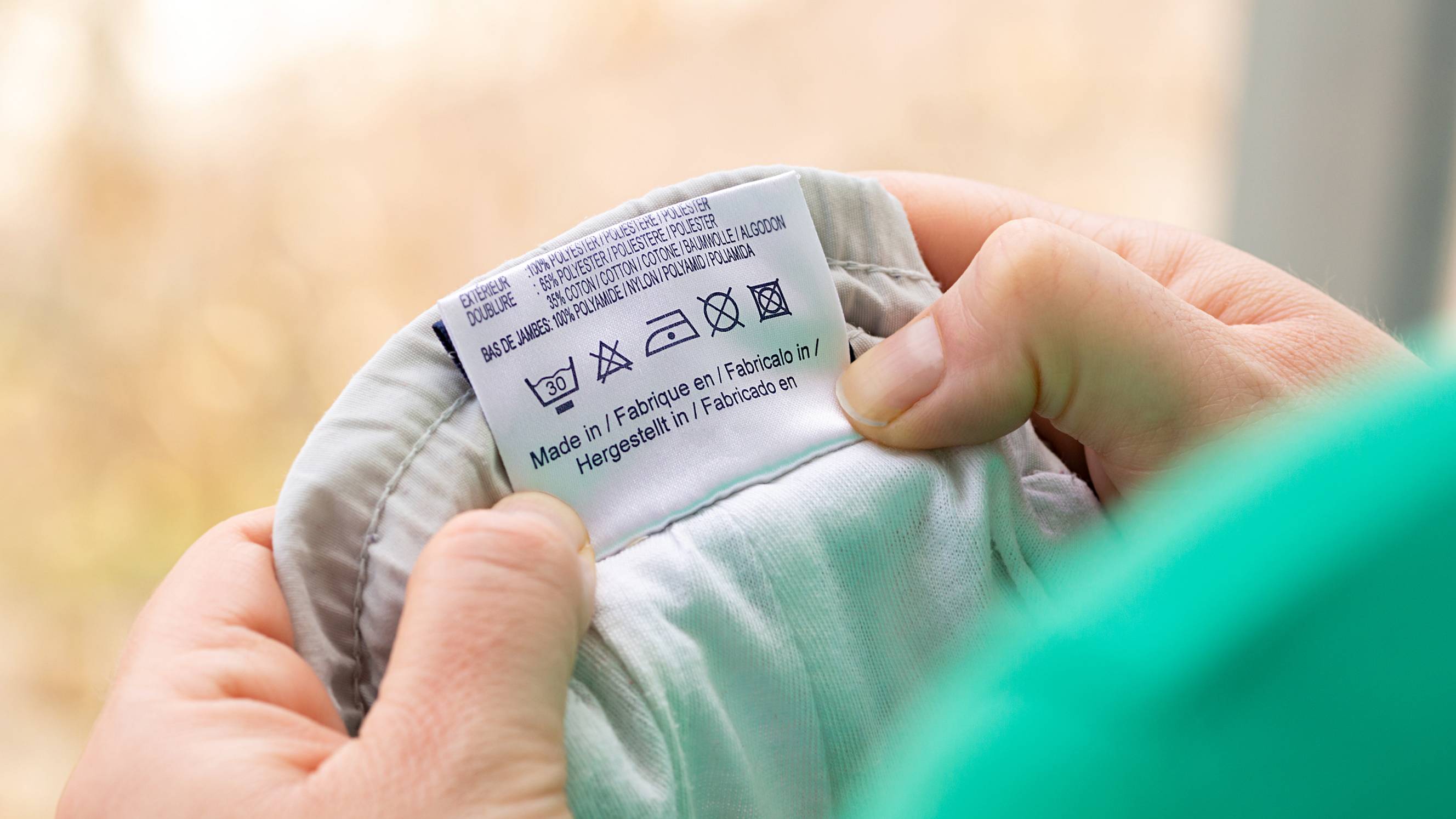- Home/
- Comparisons/
- Laundry/
- Top-load vs Front-load Washing Machine
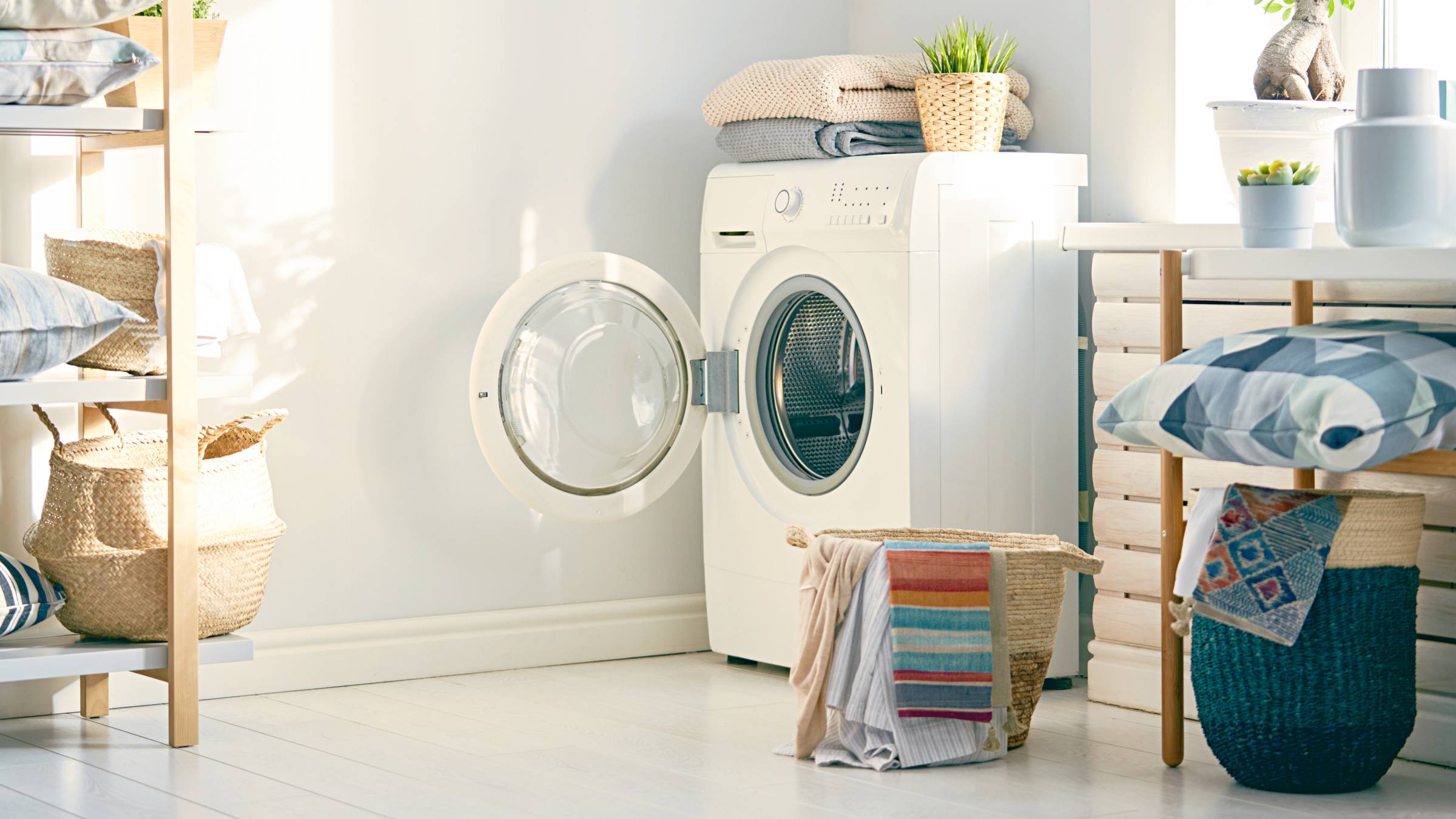
Top-load vs front-load washing machine: Which is better for your laundry?
Comparing top- and front-load washers based on cost, loading ease, and more
Hire a laundry serviceLast Updated on
Key Facts
- A top-load washing machine is a type of washer whose opening is placed on top. It cleans clothes vigorously and quickly using an agitator.
- A front-load washing machine is a type of washer whose door opens from the front. While a front-loader is gentler on clothes, it takes more time to complete a washing cycle.
If you are planning to upgrade the washer you have at home, one of the top things to consider is whether to purchase a top-load vs a front-load washing machine. Both types have merits, but it’s important to determine which one can complement your laundry room and lifestyle more.
To help you decide the best option and determine what a good washing machine is, let this front-load vs top-load washing machine guide show you their features’ pros and cons.
What are top-load washing machines?

Top-load washing machines, which open and close at the top, are divided into standard and high-efficiency models. The difference between them lies in the location of the agitator or impeller, which is the part that causes the spinning motion. In a standard top-loader, it can be found at the centre of the drum. Meanwhile, the agitator of a front-loading washer is at the bottom of its drum.
What are front-load washing machines?
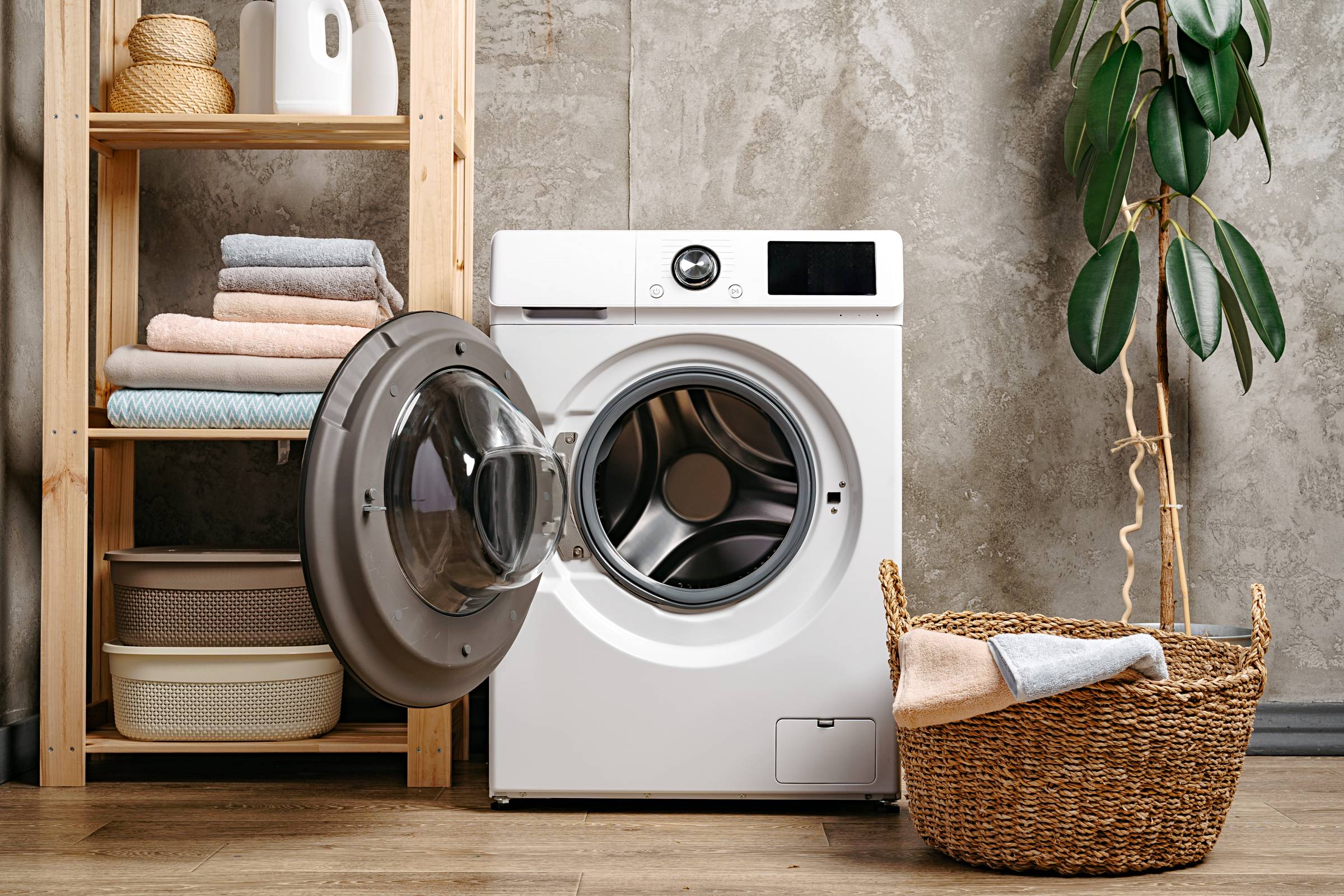
Most of the washing machines found in UK households are front-loaders. As its name suggests, this kind of washer has a door in the front instead of on top. Unlike top-loaders built with agitators, front-load washing machines only have a rotating drum that tumbles clothes to clean them.
Front-load vs top-load washing machine: Which is better?
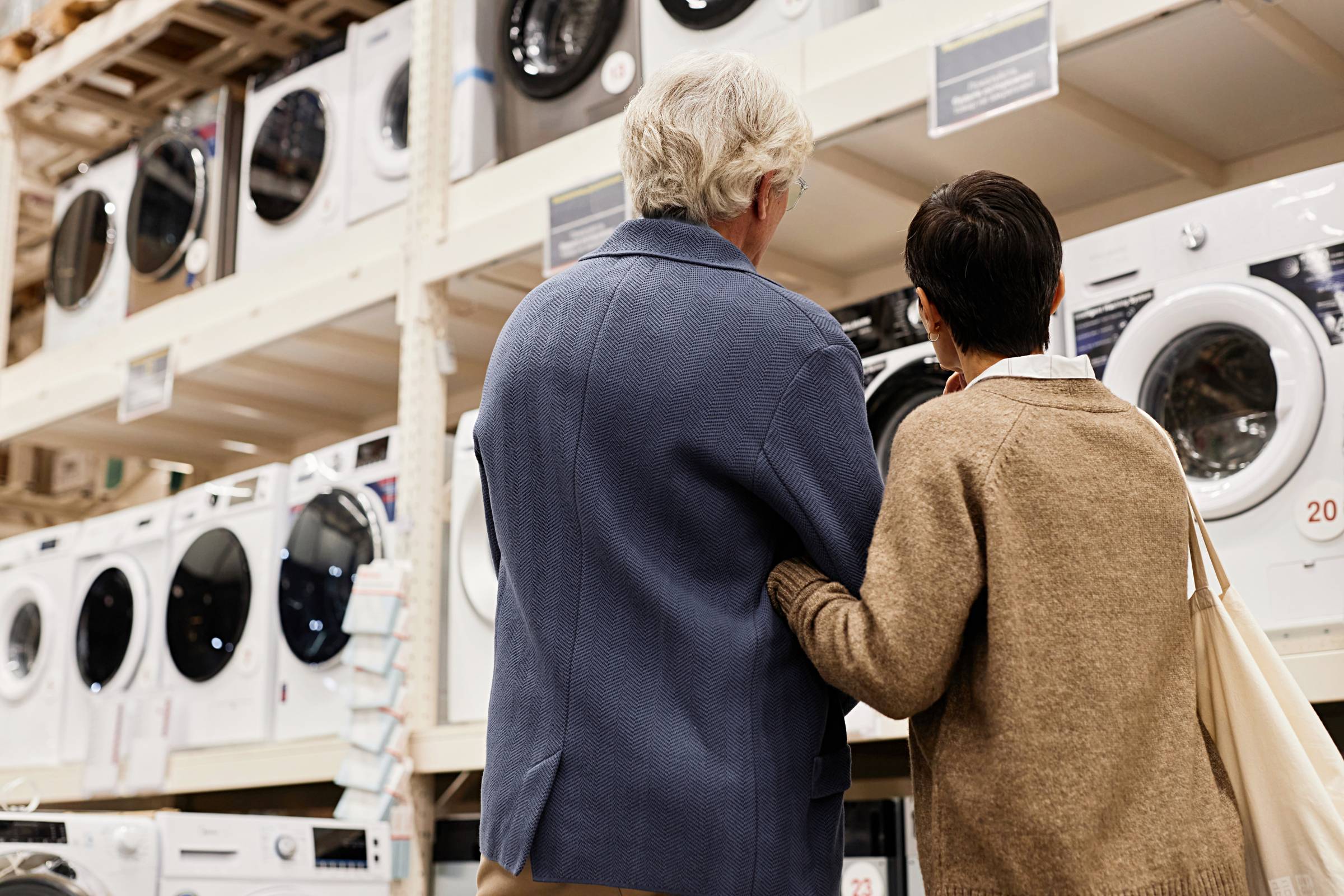
Here are some elements that you can take into account when weighing your options in terms of which washing machine is best suited for your needs:
In terms of cost
The upfront cost of a front-loader is generally higher than the price of a top-load washing machine, whether it’s a standard or high-efficiency model. In addition, you may have to cough up more money for the repair of a front-load washing machine since professional help would most likely be required.
In terms of aesthetics
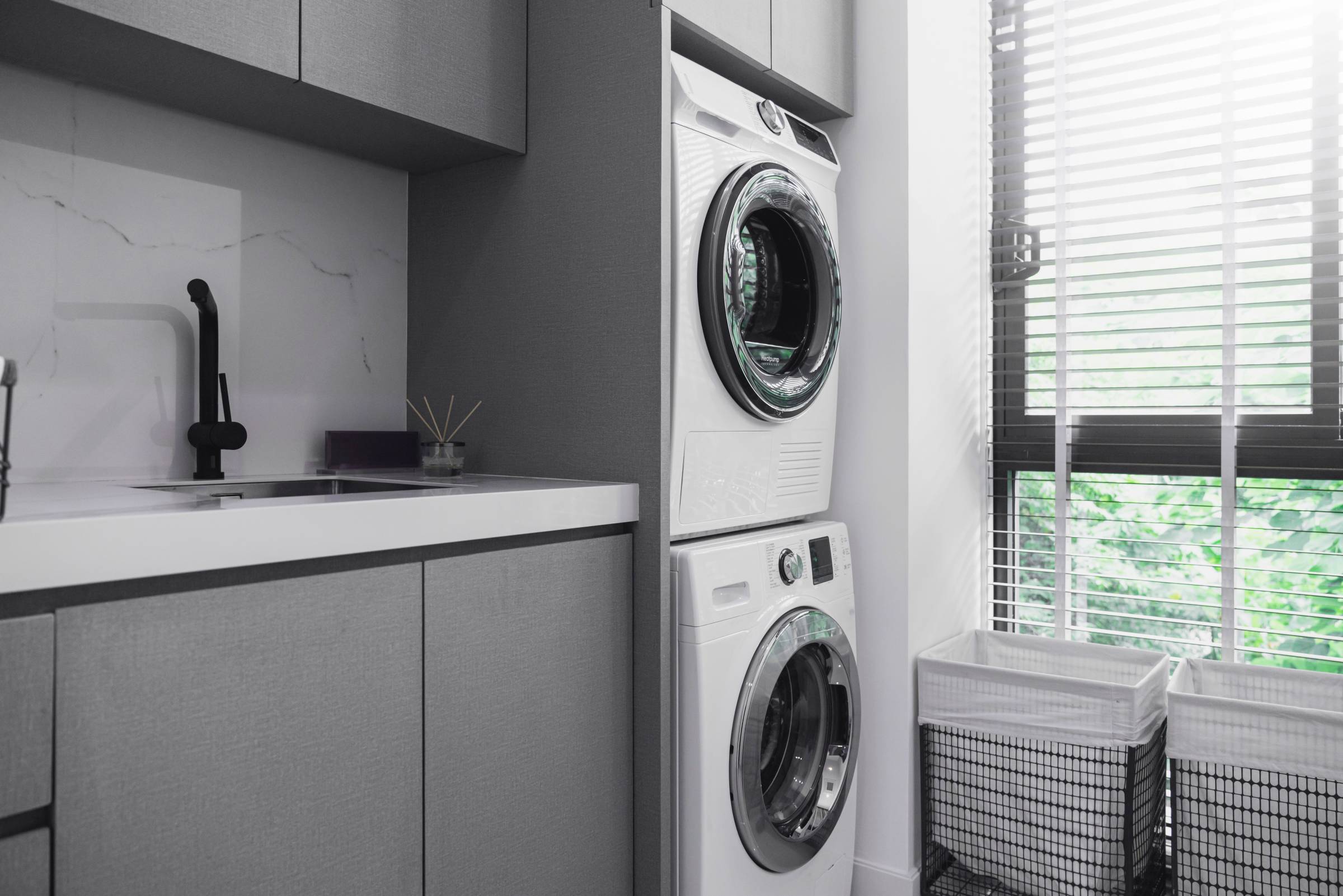
The layout and size of your space should be some of the things to take note of when you are trying to compare washing machines. For instance, a front-loader won’t do well in narrow spaces where its door can’t be fully opened. Nevertheless, it can be a viable option if you want a model that you can stack with a tumble dryer. This means you’ll have more space for other things in your laundry room, whether it’s extra storage, another appliance for installation, or a plant.
Another consideration is whether a top-loading or front-loading washing machine is freestanding or integrated. Freestanding washing machines are more flexible in terms of where you can place them. Meanwhile, an integrated washing machine is designed to be fitted into cupboards. Note that integrated washing machines are usually front-loaders, while a freestanding washing machine may be either.
In terms of loading ease
Since a home has several areas that require cleaning, having efficient tools and appliances is essential. But this does not mean you have to find the best washing machine in the UK; you only have to find one that makes doing laundry easy for you.
A top-loading washer is ideal for people with problems bending over since it enables them to load clothes while standing up. However, it may be too high for some people, especially if placed on a pedestal. Meanwhile, for individuals having mobility issues and using wheelchairs, a front-loader is convenient because it can easily give them direct access to its door.
In terms of cleaning power
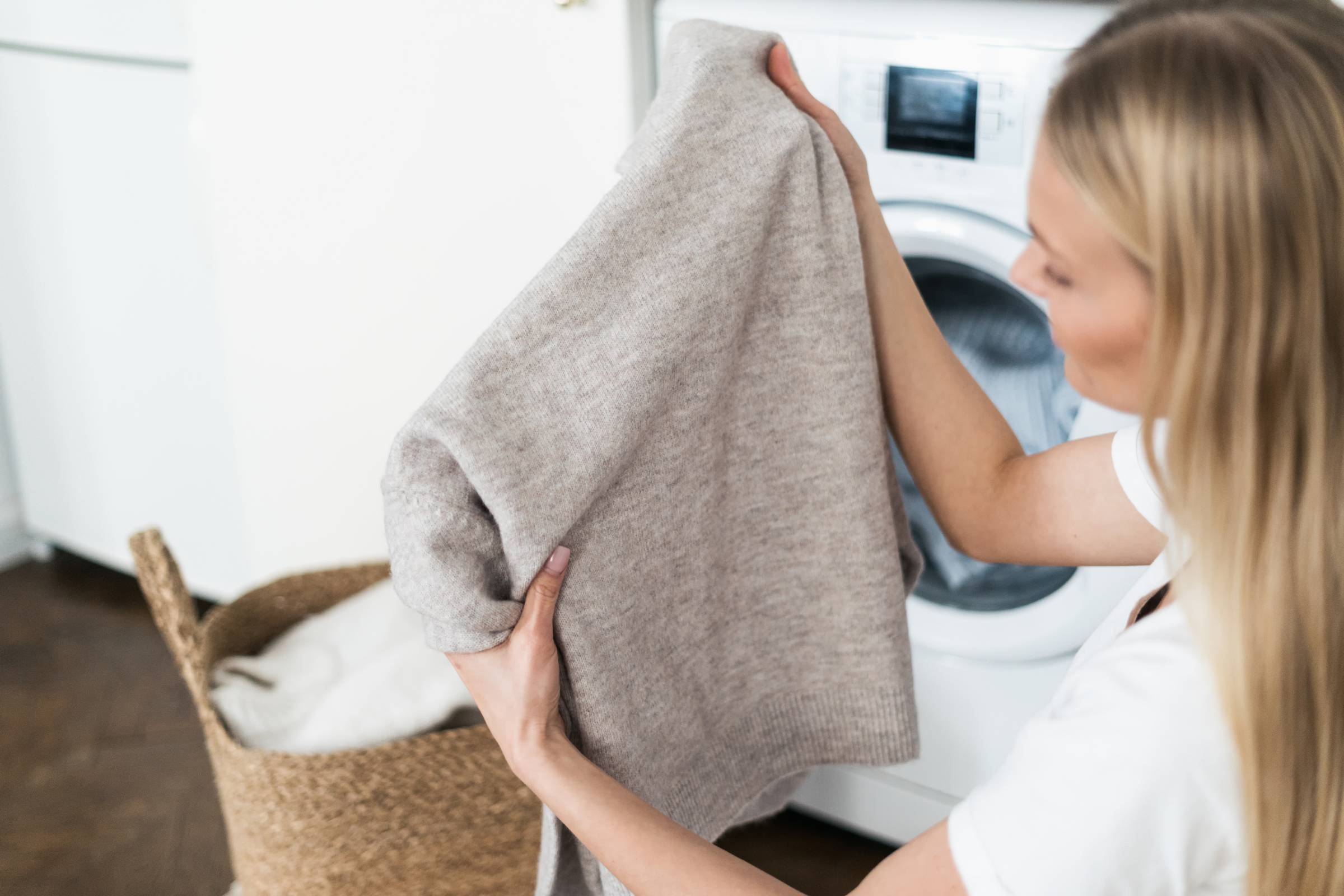
It is easy to assume that top-load washers are more effective at removing tough stains and grime because of their aggressive motion. However, based on studies by Consumer Reports, front-loading washing machines are better at removing dirt. In line with this, they can lengthen the lifespan of clothes because of their gentler movement.
In terms of wash cycle time
Front-loaders are better at cleaning clothes, but it does take them longer to complete one spin cycle. Meanwhile, the agitators of top-loading washers make them spin at a faster rate. Additionally, they allow users to stop the cycle at any time in case they want to load more clothes.
In terms of durability/maintenance
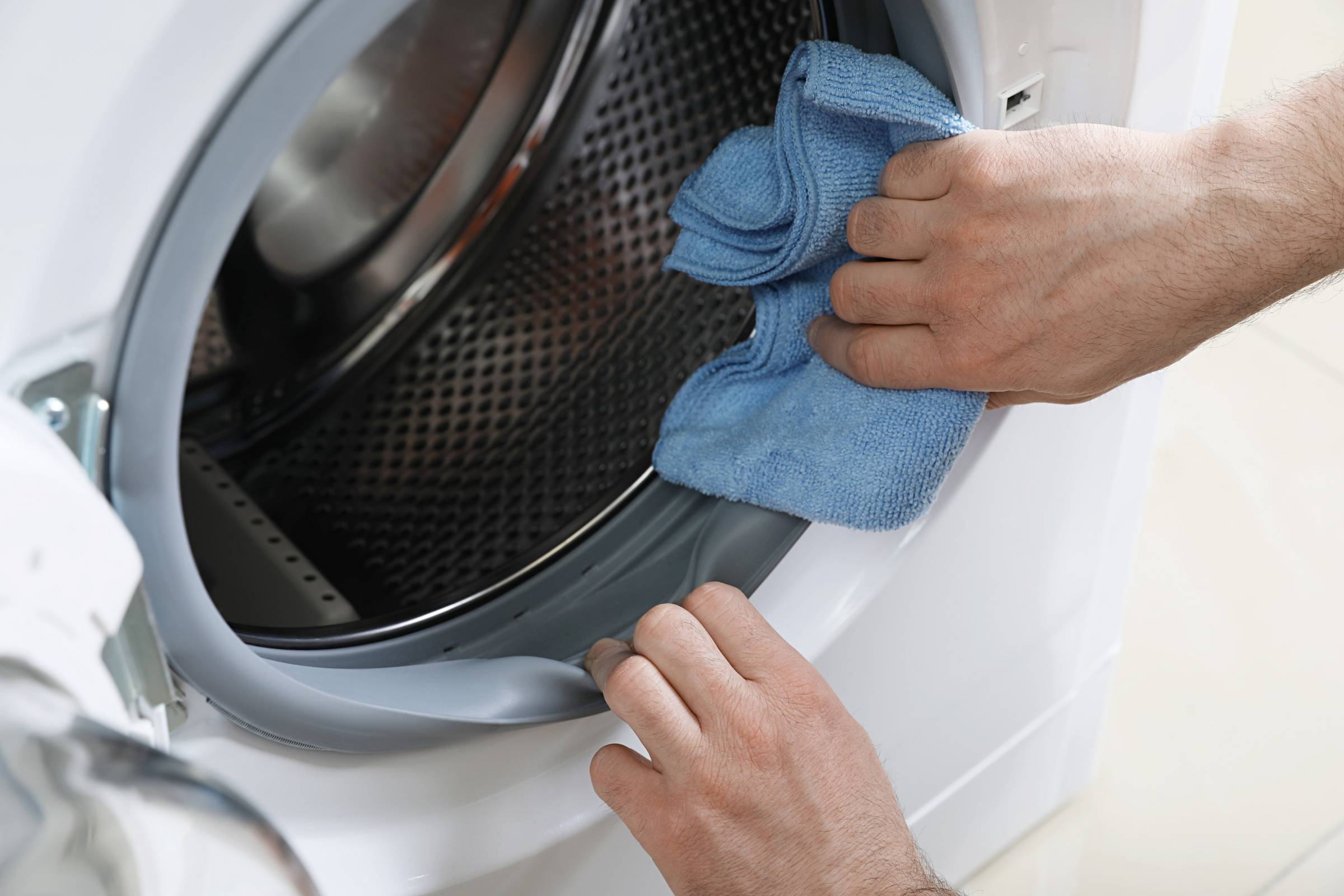
Front-loading models require frequent and thorough upkeep because they are prone to mould and mildew. Meanwhile, top-loading washing machines have a longer life and are easier to maintain since they do not have extra components, such as gaskets. Fixing them is also less of a hassle since it can generally be done without professional help.
In terms of eco-friendliness
A front-loading washer uses less water per cycle than a standard or high-efficiency top-loader. As such, it would require less energy for heating, leading to lower water and electricity bills.
Simplify laundry tasks with Airtasker
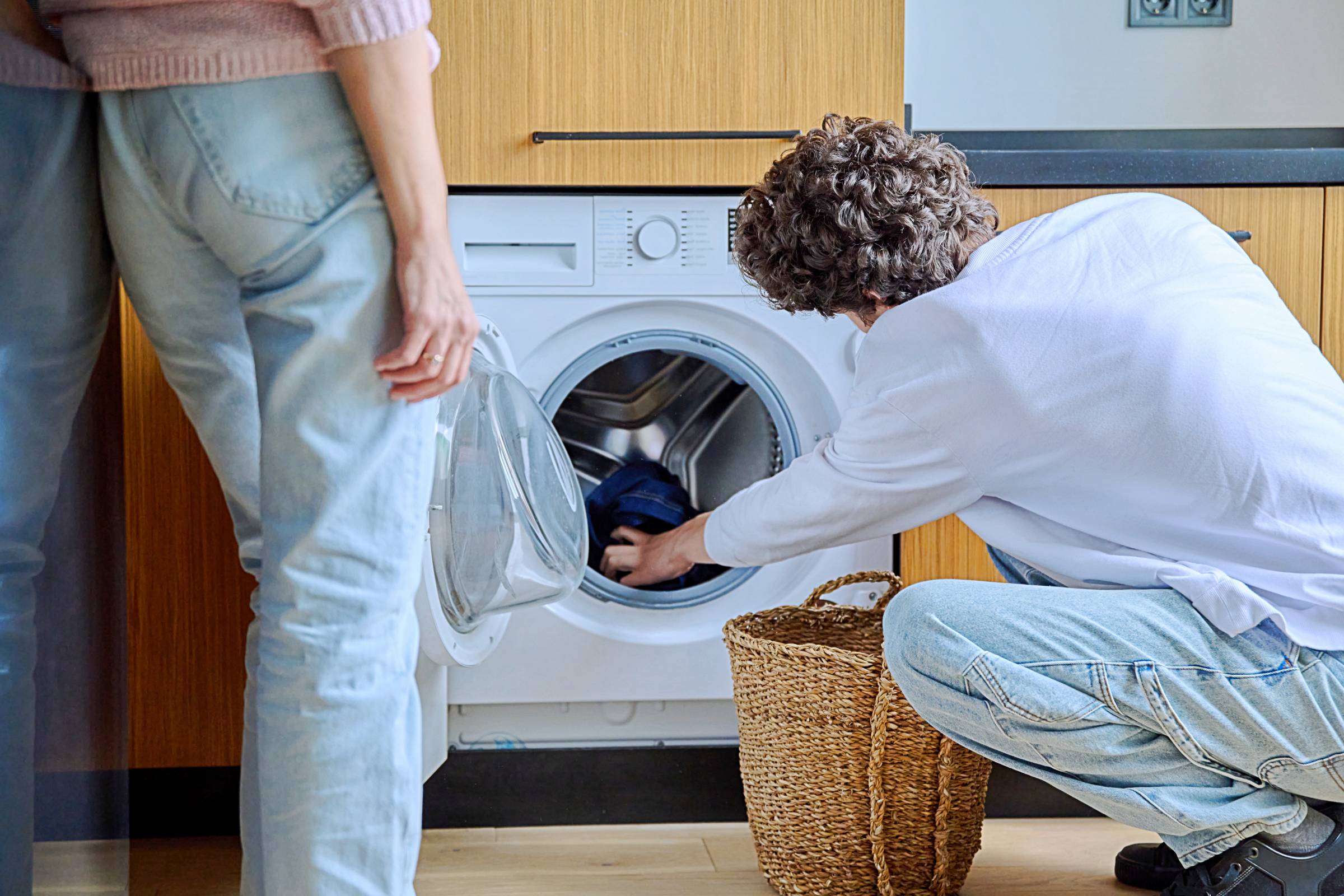
Doing the laundry using a washing machine that fits your needs can be a very rewarding experience. However, there are times when it’s difficult to fit it into your schedule. In instances like this, Airtasker can offer a helping hand through its expert laundry service providers.
All you need to do is post a task with relevant details, such as your location, budget, and preferred date. Let Taskers respond to your post, and then choose the one who fits your criteria most.
Top-load vs front-load washing machine
| Top-load Washer | Front-load Washer | |
| Cost | Higher upfront cost |
Lower upfront cost |
| Aesthetics | Fits both wide and narrow spaces, may be placed on a pedestal |
Not recommended for narrow aisles and spaces, may be stacked with a dryer |
|
Loading Ease |
More apt for people with problems bending over |
Ideal for wheelchair users and people who can’t reach a top-loader’s door |
|
Cleaning Power |
Can remove stains and dirt but not as effectively |
More effective at removing stains and dirt |
|
Wash Cycle Time |
Spin speed is faster |
Takes longer to clean clothes |
|
Durability/Maintenance |
Lasts longer, easier to repair and maintain |
Has a shorter lifespan, requires regular cleaning, may need complex repairs |
|
Eco-friendliness |
Uses more water and energy |
More water- and energy-efficient |
FAQs on top-load and front-load washing machines
When making a washing machine comparison, it’s important to know which type can fit larger loads in one cycle. Generally, top-loaders can handle more clothes in one go because they have bigger drums.
Front-load washing machines are quieter than their top-load counterparts because their components produce less vibration.
Washing machines may get out of balance for different reasons, such as being on an uneven surface, having a small item under one foot, or not loading clothes evenly during laundry.
The exact locations may vary slightly between different washing machine models. In a top-load washing machine, you typically add the detergent and fabric conditioner directly into the drum before adding the clothes. Meanwhile in a front-load washing machine, there are usually separate compartments or drawers specifically for adding the detergent and fabric conditioner.
Find laundry services, fast
Post a task
Related articles
Related price guides

How much do ironing services cost?
Read more
